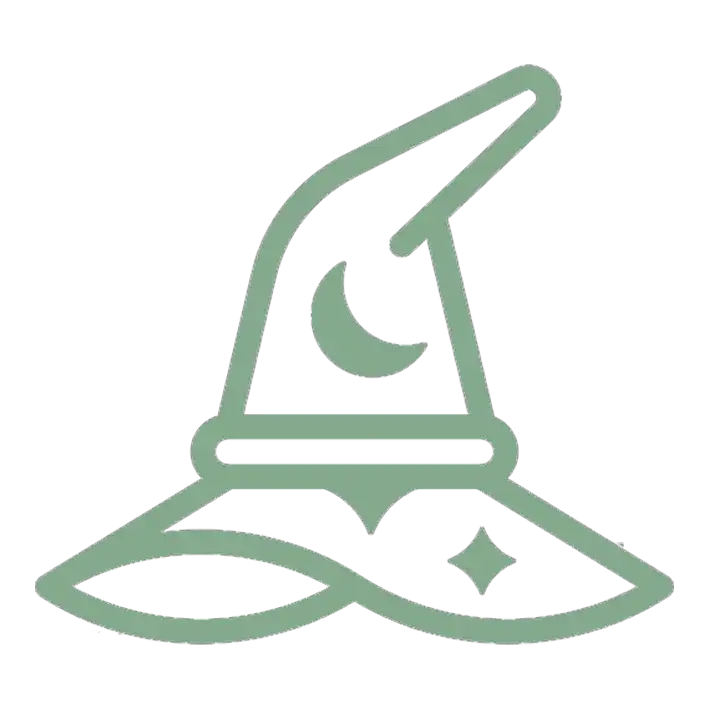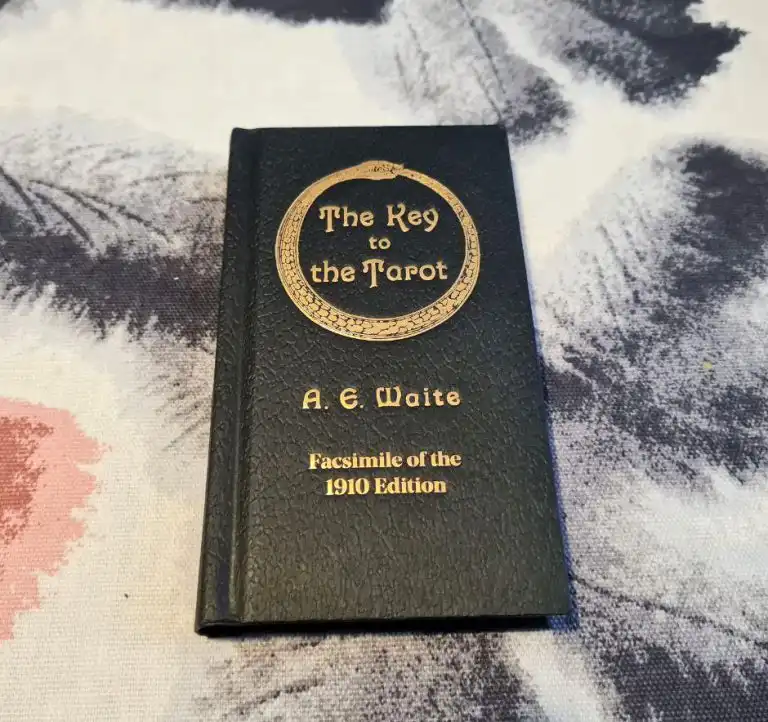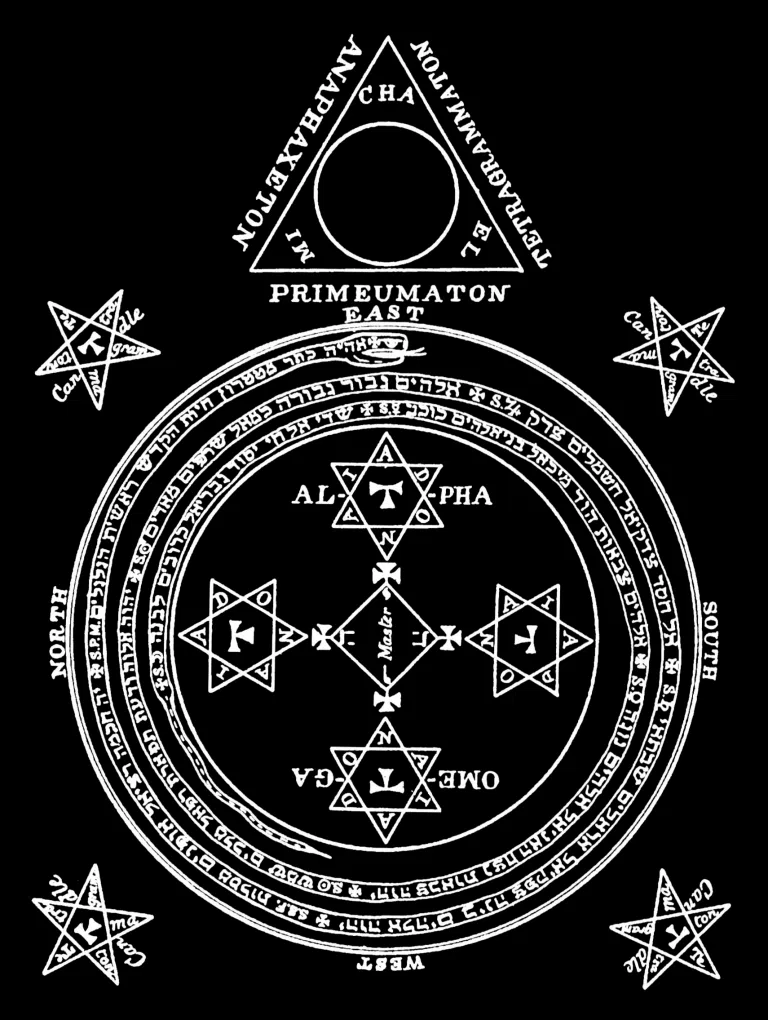Table of Contents
My recent acquisition, The Tarot of A. E. Waite and P. Colman Smith, is a treasure trove. This kit, unlike any other, includes a deck of Waite Smith Tarot cards, a facsimile edition of The Key to the Tarot, and an illustrated book with practical tips and essays. In my review, I couldn’t help but emphasize its uniqueness and how it’s a fantastic resource for any tarot enthusiast. In this post, I will delve into some of the reasons why I believe so.
A. E. Waite’s influence on the modern Tarot cannot be overstated. His book, The Key to the Tarot, is widely regarded as the cornerstone of modern Tarot learning. As the author himself, Waite’s insights and interpretations hold significant weight. If you’re eager to delve deeper into the origins of modern Tarot, you’ve come to the right place. Let’s embark on a journey through this seminal work and uncover its invaluable teachings.
Who is A. E. Waite?
Arthur Edward Waite, born in 1857 in Brooklyn, New York, was a man of diverse talents and interests. He spent most of his life in England, where he became a prolific writer, penning over 50 books on a wide array of subjects. His areas of expertise included mysticism, the history of the occult and Freemasonry, and the esoteric traditions of the West.
Waite’s fascination with the occult was not just a passing interest but a deep-rooted passion. He was a member of several secret societies, including the Hermetic Order of the Golden Dawn and the Fellowship of the Rosy Cross. His belief in the potential of the esoteric traditions of the West to enlighten a wider audience was unwavering. He dedicated his life to bringing these traditions to the public through his prolific writing.
One of Waite’s most lasting contributions to the world of the occult was his involvement in the development of the Waite-Smith Tarot deck, which he created in collaboration with artist Pamela Colman Smith. The deck is still widely used today and is considered one of the world’s most popular and influential. Another important contribution was that he wrote The Key to the Tarot.
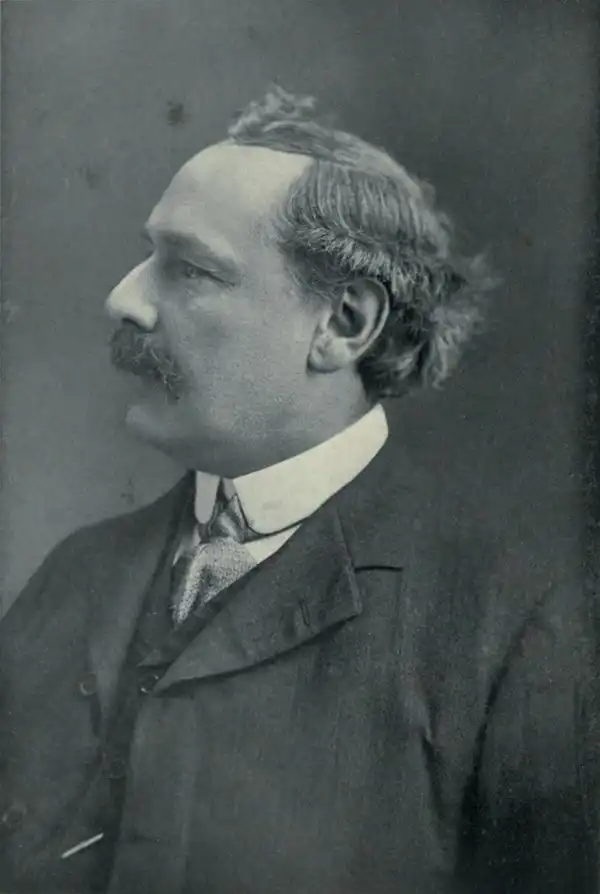
What is The Key to the Tarot?
The Key to the Tarot by A. E. Waite, a monumental work, stands as a comprehensive guide to the symbolism and interpretation of the Tarot cards. It is not just a book, but a cornerstone of Tarot literature, revered by Tarot readers and enthusiasts for over a century. Waite’s approach to the Tarot is rooted in the belief that the cards are a treasure trove of ancient wisdom, harboring cryptic messages that can be unveiled through meticulous study and contemplation.
While The Key to the Tarot is a valuable resource for Tarot enthusiasts, it is challenging to read. Waite’s writing style can sometimes be dense and difficult to follow, particularly due to his frequent use of esoteric references such as ‘the Great Work’ and ‘the Fool’s Journey ‘, and arcane language like ‘hermetic principles’ and ‘kabbalistic correspondences ‘. However, for those willing to invest the time and effort, The Key to the Tarot is a rich source of insight and wisdom. It can help deepen your understanding of Tarot and its mysteries.
The book is divided into three parts. The parts are called The Veil and its Symbols, The Doctrine Behind the Veil, and The Outer Method of the Oracles.
The Veil and its Symbols
In the first part of The Key To the Tarot, Waite delves into the ‘pathology of occult beliefs ‘, a term he uses to describe the tendency of some to attribute extravagant and unfounded meanings to the Tarot. He emphasises that the Tarot is essentially about symbolism and that it has a lot of secret knowledge surrounding it. Waite tells us that his aim is to provide truthful insights into the Tarot and to reduce the impact of charlatanism and false information mixed with the actual information.
The book’s first part also provides background information on the Major Arcana cards and the four suits. Lastly, Waite takes readers on a journey through the history of Tarot cards. The history is interesting as Waite suggests that the connection to Egyptian mysticism is not as solid as Aleister Crowley’s Thoth Tarot, for example, might suggest.
The Doctrine Behind the Veil
In the book’s second part, Waite explores the symbolism of each Major Arcana card in great detail. He comprehensively explains the meanings and ideas associated with each card. Even though his descriptions do not necessarily match modern interpretations all the time, this section is fascinating and informative because it gives readers a deeper understanding of the cards. However, some of the references may be challenging to comprehend.
The Outer Method of the Oracles
The third part explains the differences between Major and Minor Arcana and explains the meanings of the Minor Arcana cards. What is interesting about this part of the book is that it shows alternative ways to use Tarot cards beyond traditional readings. For example, it explains what it could mean if cards are recurring in dealing, suggesting a more dynamic and interactive approach to Tarot interpretation. This innovative perspective on Tarot usage is a unique feature of The Key to the Tarot.
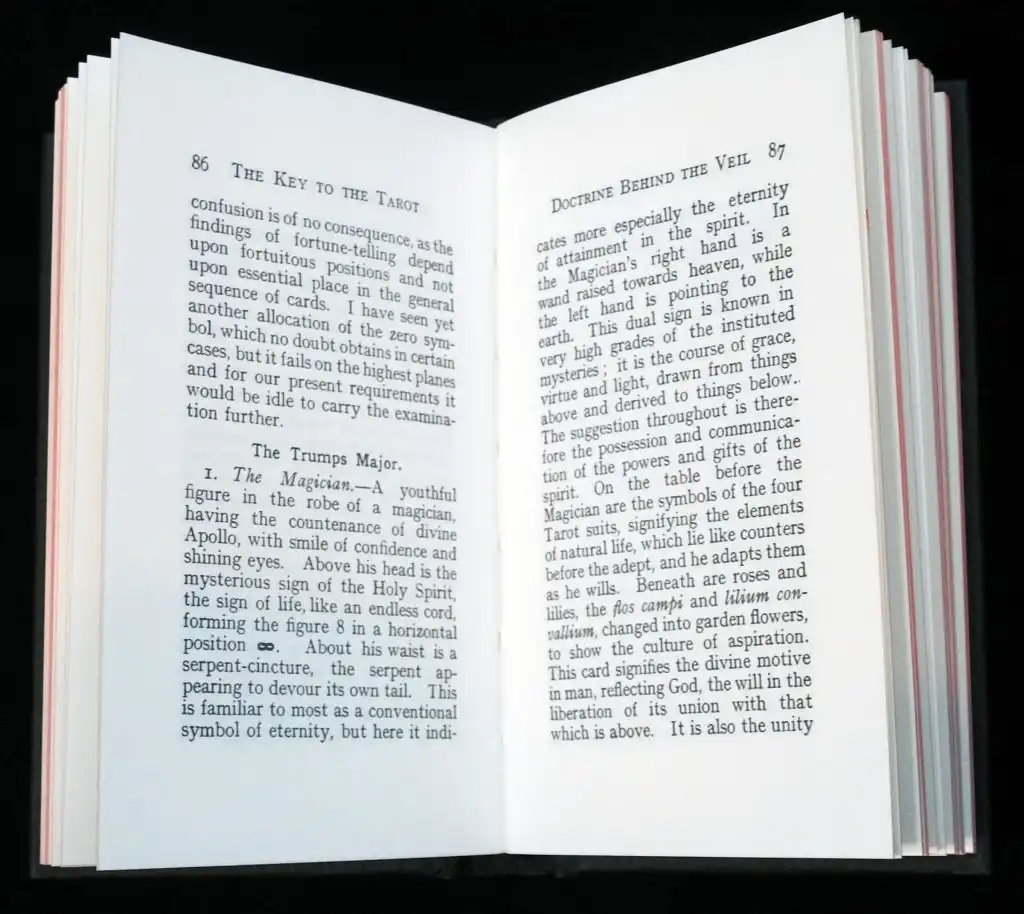
Things I Learned
We have explored the essence of The Key to the Tarot and the significance of its author, Waite. Now, let’s delve into some intriguing insights I gleaned from this unique book. These points are not in any particular order. However, be prepared. The Key to the Tarot is a treasure trove that can be revisited countless times, always revealing new perspectives.
Meaning of the Court Cards
The Tarot deck’s court cards play a crucial role as mediators between the Major and Minor Arcana. Major Arcana represents significant life themes and spiritual lessons, while Minor Arcana portrays everyday experiences and events. The court cards embody human archetypes and personalities that interact with life’s spiritual and mundane aspects. They bridge the gap between the cosmic forces depicted in the Major Arcana and the practical situations present in the Minor Arcana. They provide a human element to the Tarot reading.
Moreover, the court cards serve as practical guides, bridging the gap between the spiritual and material realms. They offer practical advice and perspectives, infusing the Tarot reading with a human touch. This integration of spiritual insights into everyday life provides a holistic understanding of the querent’s journey, making the court cards a vital link between the profound wisdom of the Major Arcana and the tangible realities of the Minor Arcana.
The Recurrence of Cards in Dealing
When it comes to tarot reading, the recurrence of cards can hold great significance. According to The Key To the Tarot, if the same card appears repeatedly in a reading or across multiple readings, it reinforces the symbolism and meaning associated with that card. This repetition can indicate a strong emphasis on the themes represented by the card or suggest a recurring pattern or message that is relevant to the querent’s situation.
Waite suggests that tarot readers should pay careful attention to these patterns and repetitions as they can provide valuable insights into the querent’s circumstances and the potential outcomes of their inquiries. By analysing the recurring cards in the context of the overall reading, tarot readers can uncover deeper layers of meaning and offer more nuanced interpretations and guidance.
Don’t Get Stuck on the Symbolism
It’s a common misconception that the symbolism on each Tarot card has a fixed meaning. While this may have been true in the past, the interpretation of Tarot cards has evolved to be flexible and adaptable to individual needs and beliefs. While respecting the Tarot’s history and cultural significance is crucial, it’s equally important to avoid becoming overly fixated on the symbolism. Ultimately, your interpretation of the cards should resonate with you, feeling authentic and meaningful.
Another important thing to remember when working with Tarot cards is that there is no right or wrong way to use them. While some people may adhere to traditional uses of the cards, others may prefer a more intuitive approach. Ultimately, the most important thing is to trust your own instincts and interpretations. Invent your own spreads and rituals. By doing so, you can better understand yourself and the world around you.
Conclusion
The Key to the Tarot is not just a book but a valuable guide for those seeking insight and wisdom into the mysteries of Tarot. Its pages hold the keys to unlocking the profound symbolism and rich history of the Tarot. Whether you’re a professional Tarot reader or an enthusiast, this resource is a must-have. It will not only inform your practice but also guide you on a deeper, more meaningful journey with the Tarot.
PS. You can read the book here.
